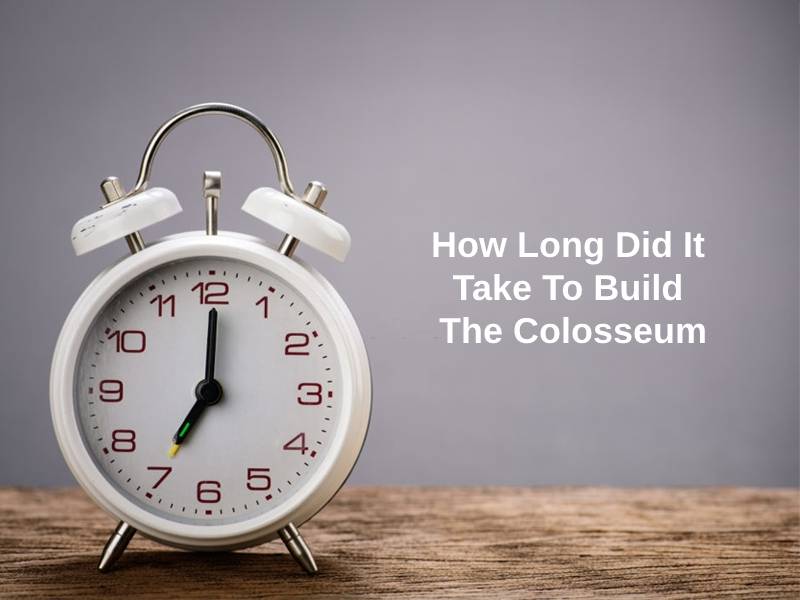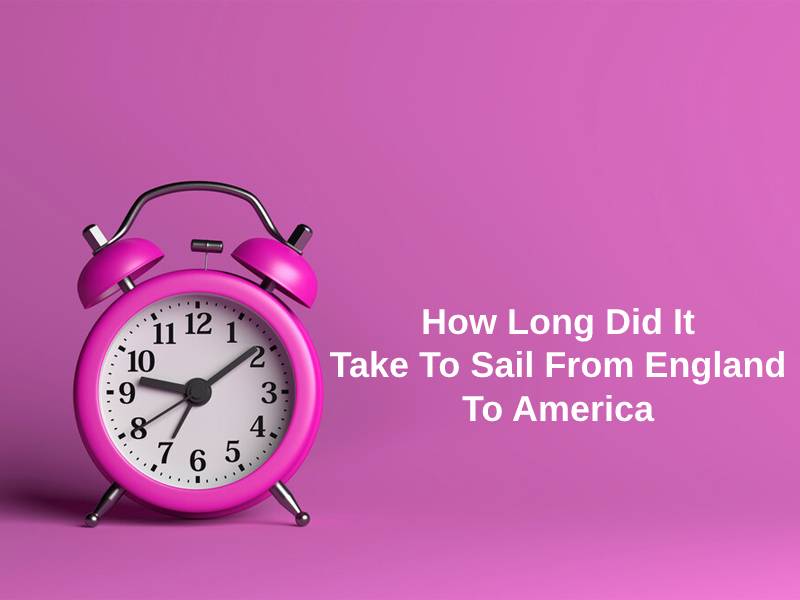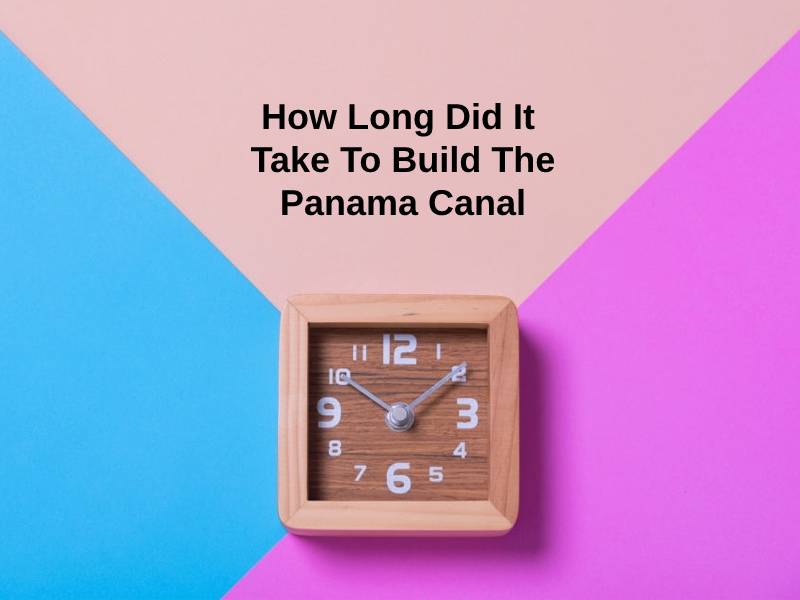Exact Answer: 4 years
In Vatican City, the Sistine Chapel is huge. It is well-known for its Renaissance-style artwork. Conclaves, as well as other services and gatherings, are held there by the Pope. In the early 1500s, when it required repairs, Pope Julius II commissioned Michelangelo to recreate the painting for the ceiling.
At the time, Michelangelo was best known as a sculptor, not a painter. Initially, Michelangelo was apprehensive about taking the job. He was turned away by the prospect of a major painting career. Second, he was already immersed in a project that he adored: creating a marble monument for the Pope.

How Long Did It Take Michelangelo To Paint The Sistine Chapel?
| What happened | When happened |
| Painting started | 1508 |
| Painting ended | 1512 |
In 1508 Michelangelo started work on his renowned frescoed ceiling. He put in four years of effort. His eyesight was irreversibly compromised as a result of the physical strain.
The chapel measures 40.23 meters long, 13.40 meters broad, and 20.70 meters high, which is said to be the measurements of Solomon’s temple in Jerusalem, which was destroyed in A.D. 70, and as a result, Michelangelo began painting the Sistine Chapel.
Michelangelo’s ceiling painting at the Sistine Chapel is considered one of the most important works of art in history. The Book of Genesis from the Old Testament Bible served as his inspiration for his paintings. The painting was divided into nine sections by Michelangelo, each of which is framed by painted architectural pillars. The first painting in the series depicts God’s separation of light and dark in the creation of the cosmos.
With The Formation of the Sun, Moon, and Planets and The Division of Land and Water, the second and third paintings continue the theme of the Universe’s creation. Then he continues to The Creation of Adam, perhaps the most famous picture in the sequence.
The Creation of Eve is the centerpiece picture in the series. The Fall and Expulsion, a painting by Michelangelo, depicts man’s fall from grace. The Sacrifice of Noah, The Great Flood, and Noah’s Drunkenness is the series’ final three paintings, all of which revolve around the narrative of Noah’s Arch.
There are 10 prophets and sybils that prophesy the arrival of Christ in the Catholic faith, as well as sixteen paintings of Jesus’ ancestors, on top of these nine scenarios
After completing his vaulted ceiling work in the Sistine Chapel, Michelangelo produced a second painting. Pope Clement VII commissioned Michelangelo to execute a second picture, The Last Judgement, in 1534, just a few months before his death.
Soon after the death of Pope Clement VII, Pope Paul III confirmed that Michelangelo had completed the project. The artwork depicting Christ’s Second Coming took him nearly seven years to finish. Michelangelo’s work in the Sistine Chapel is considered the pinnacle of High Renaissance art.
Why Did Michelangelo Take That Long To Paint The Sistine Chapel?
The painting of the Sistine Chapel ceiling took so long because the grandeur of the ceiling was difficult to comprehend. The ceiling has a total of 12,000 square feet. Michelangelo completed the piece with 343 figures painted on the ceiling.
It took a lot of effort as well. He put paint on moist plaster using a technique called fresco. Michelangelo was accused of lying on his back to paint the ceiling, but this fact was inaccurate.
He created his platform system out of wood instead. Brackets inserted into holes in the wall towards the tops of the windows supported the timber. Michelangelo could paint while standing on his scaffold. However, painting with his hands in the air and his head angled forward all the time was still quite unpleasant.
Conclusion
The ceiling painted by Michelangelo is the most famous feature of the Sistine Chapel, which attracts over 5 million tourists each year. To see the Sistine Chapel, you must first obtain a ticket to the Vatican Museums. For teenagers, students, clergy, and others, there are fewer possibilities.
Monday to Saturday, including the last Sunday of each month, the Vatican Museums are open to the public. Ticket offices are open from 9 a.m. to 4 p.m., while museums shut at 6 p.m.
The Vatican Museums have many prohibitions, including no alcoholic beverages, immodest dress, flash photography, or touching the works of art. The Sistine Chapel prohibits any photography and videography.




















